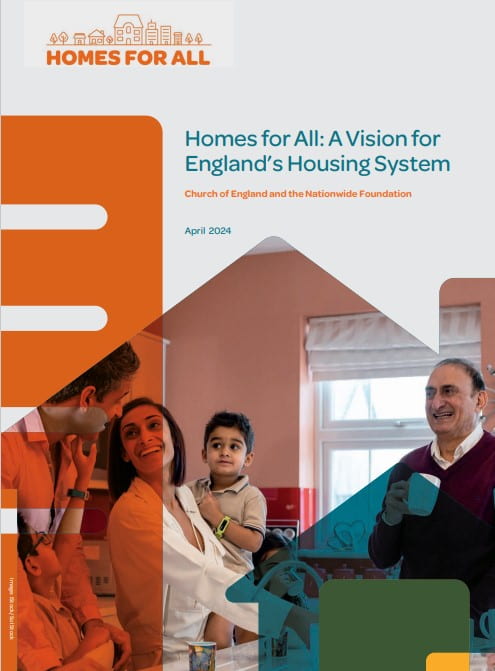
Can the Euros bring it home for Sunak?
UG Social policy with quantitative research methods student, Isabella Oats, discusses key findings from her UG dissertation...

Gender Essentialism and Sexual Violence in Popular Cinema Depictions of Paganism and Pagan Communities
By Bliss Magdalena Qadesh* Paganism is emerging in the United Kingdom as a rapidly growing faith community, with 74,000...

The impact of long-term state care on the mental health of children
Despite urgent calls for improvement, the high level of mental health needs among children and young people growing up in...

State-sanctioned liberty crime
In this blog Nadia Aghtaie* argues that the enforcement of mandatory veiling is a form of ‘state-sanctioned liberty crime’,...

Homes for all: convening a coalition for change
SPS Professor Alex Marsh explains why this new report makes a distinctive intervention in the housing policy debate. In...

Intimate partner and domestic violence during Covid-19
The Centre for Gender and Violence Research is running a series of blogs produced by staff and postgraduate researchers to...


